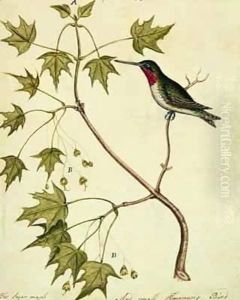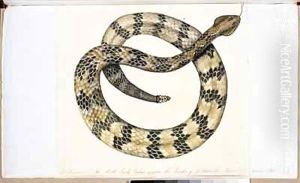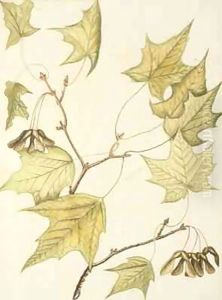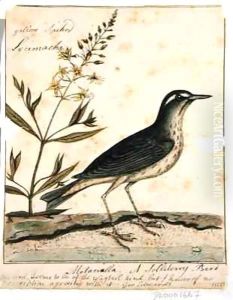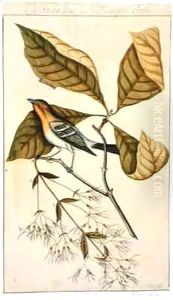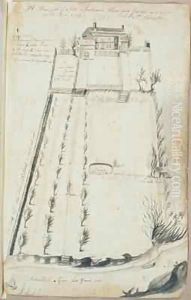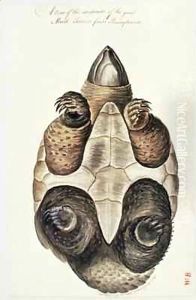William Bartram Paintings
William Bartram was an American naturalist, botanist, and artist, known for his explorations of the American Southeast and his detailed observations of the region's flora and fauna. Born on April 20, 1739, in Kingsessing, Pennsylvania, he was the son of John Bartram, a prominent botanist and the founder of Bartram's Garden, one of the earliest botanical gardens in North America. Growing up in an environment that fostered a deep appreciation for the natural world, William developed an early interest in botany and exploration, which would shape the course of his career and contributions to American natural history.
In 1773, Bartram embarked on a four-year journey through the American Southeast, an expedition that would form the basis of his most famous work, 'Travels through North & South Carolina, Georgia, East & West Florida, the Cherokee Country, etc.' Published in 1791, this account provided one of the most comprehensive and detailed observations of the American landscape, its plants, and its indigenous peoples during the late 18th century. Bartram's work was not only significant for its contributions to botany and natural history but also for its lyrical and often romantic descriptions of the American wilderness, which would later influence the American Romantic and Transcendentalist movements.
Throughout his travels, Bartram collected specimens of plants and animals, many of which were previously unknown to European science. His observations and collections contributed significantly to the understanding of American natural history and helped establish him as a leading figure in American scientific circles. Despite the importance of his scientific work, it was Bartram's detailed and vibrant drawings of plants and landscapes that would secure his legacy as one of the first significant naturalist artists in America. His illustrations provided Europeans with some of the first visual representations of the American Southeast and its diverse ecological habitats.
William Bartram spent the later years of his life continuing his botanical studies and managing Bartram's Garden in Philadelphia. He remained an active member of the American philosophical and scientific community until his death on July 22, 1823. Today, Bartram is remembered not only for his contributions to botany and natural history but also for his role in shaping an early American identity that valued the exploration and preservation of the natural landscape.
